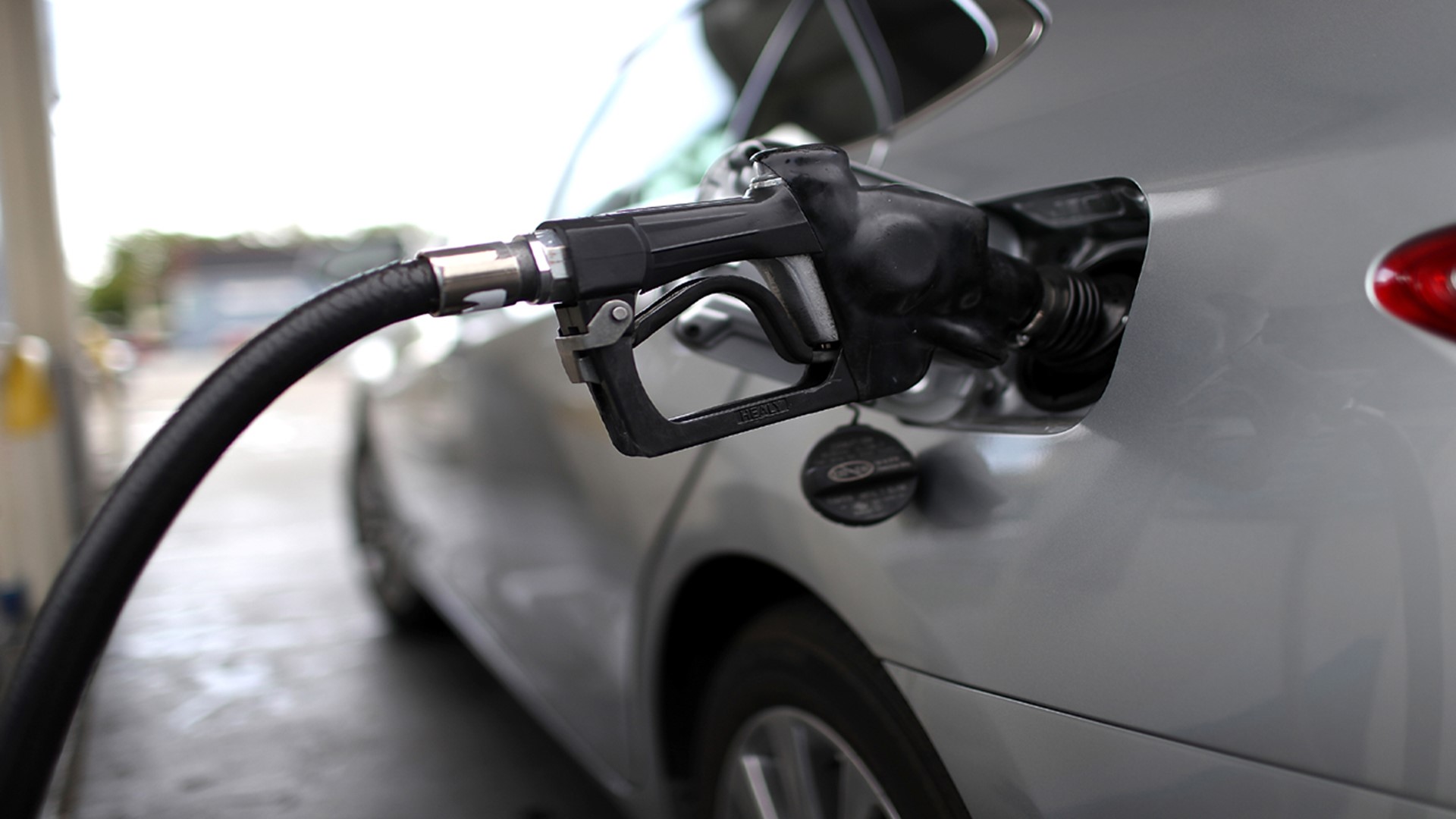IOWA, USA — On Monday, Iowa Attorney General Tom Miller joined Kansas's attorney general to push the Environmental Protection Agency to expand the sale of E15 throughout the summer.
In the release, Miller said the sale of this type of gasoline, which is blended with up to 15% ethanol, could ease gas prices this summer. E15 is prohibited in many areas of the U.S. from June 1 to Sept. 15 under federal air-quality regulations.
So what exactly is this fuel, and who can use it?
"That's for cars [made in] 2001 and newer that the EPA has approved that you can use this gasoline," said GasBuddy.com's head of petroleum analysis Patrick Dehaan.
In addition to 2001 and newer models, all flex-fuel vehicles are approved to use it.
"Which basically the only difference is instead of up to 10 percent ethanol, this type of gasoline now contains up to 15 percent ethanol," Dehaan added. "It tends to be a few cents cheaper per gallon as well."
Dehaan says there is a major benefit of this fuel as the war in Ukraine continues.
"Given the fact that there's a war going on between Russia and Ukraine and there's not enough oil supply it basically offers another avenue," said Dehaan. "Replacing some of that oil supply with something we produce here at home, corn."
So, what's the catch?
"Really the only downside really is a hit to your amount of miles per gallon," Dehaan said.
A 2009 National Renewable Energy Lab study found E15 contains about 2% less energy than E10. Meaning in order for it to have the same cost-per-energy unit as regular, E15 should be priced about 2% lower.
"All 16 vehicles exhibited a loss in fuel economy commensurate with the energy density of the fuel. With E20, the average reduction in fuel economy (i.e., the reduction in miles per gallon) was 7.7% when compared to E0," the study states.
Dehaan, however, says this impact varies and is likely negligible. But he encourages people to do their own homework.
"It's hard to offer a blanket statement because some people may notice no change in fuel efficiency and some may notice a slight 5 percent hit at most," he said. "So I would encourage motorists to give it a try and check what you get. Because that will tell you whether or not that five or ten cent advantage is worth it."
Local 5 took a look at stations in the area selling E15 and found on average, it was priced anywhere from 4% to 6% cheaper than E10.

